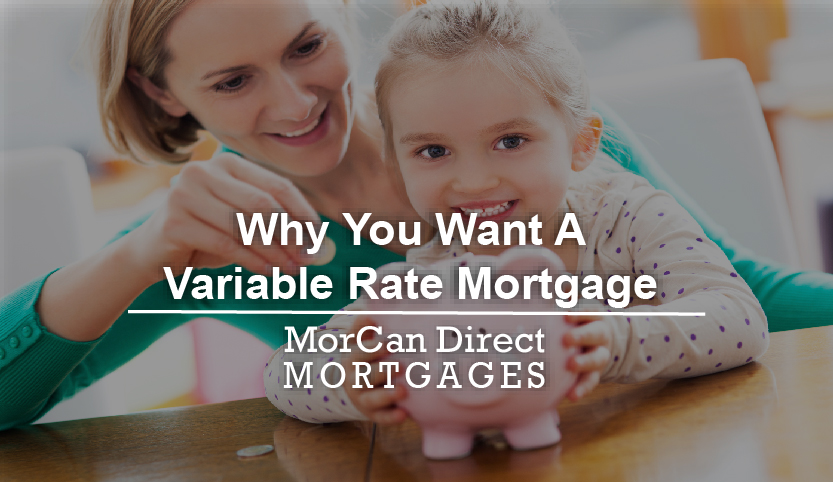Economists predict 50% chance Bank of Canada will Drop Rates in 2016.
If a Fixed Rate Mortgage is insurance against a growing economy, do you really need to buy it right now?
Economists are assigning a 50% chance that the Bank of Canada will cut rates further by the end of 2016. With fixed rate mortgages currently elevated higher than usual over Government of Canada Bond yields, we believe it is a great time to go variable if you can.
The Strategy:
Simple. Pick a Variable rate mortgage with a Non-Bank Lender. A Lender who will allow you to switch to the lowest fixed rate whenever you choose, not a Bank that will switch you into one of their higher “Preferred Client Rates”. Make sure you’re with a Lender who won’t charge you an egregious penalty to break your mortgage, not a Bank that will charge you an IRD penalty based on an inflated rate and a discounted rate (read about this dirty trick here).
The Economics:
The Bank of Canada’s next meeting is March 9th, 2016, but don’t expect any meaningful direction until after we see the new Federal Budget come out on March 22nd, 2016.
Our new Federal Government is introducing a massive infrastructure spending plan that the Bank of Canada will want to evaluate before making any rate decisions. We can only hope that the spending is effective in creating sustainable economic growth. The goal of the stimulus is to infuse the economy with new cash while laying the foundation for long term growth opportunities. New transportation infrastructure such as highways and ports, for example, will provide a significant boost to construction hiring as well as enable long term productivity gains for Canadian businesses. As optimistic as that sounds, however, we still believe a further rate cut will be required in Canada as governments are not known for being incredibly effective at spending money to create growth. Even if the money is used for projects that will ultimately grow the economy, rather than merely stimulate it temporarily, we are still in a sustained, border-line recessionary period of diminishing growth which will be difficult to exit without further reductions to interest rates.
Indeed, the Canadian Economy is struggling under the tremendous weight of low oil prices. Our Canadian Dollar has weakened significantly against the US Dollar since May 2015 and this has not resulted in any meaningful significant uptick in exports. As the market prices in the impact of infrastructure spending and continued low growth, look for lower fixed rates in the spring market and a lower prime rate before the end of the year. All of this is great news for variable rate mortgage holders. When you choose the right variable rate mortgage you always have the safety to switch to the lowest fixed rate on the market without penalty.
Since shorter term fixed rates which are used to calculate mortgage penalties are still high relative to bond yields, it is a good time for Canadians who find themselves in a fixed rate mortgage to break and move into a variable rate. This of course is highly dependent on the penalty to break your existing mortgage. You can contact us directly to provide you with your lender’s mortgage penalty and the formula they use to calculate it. The Big 5 Banks are well known for charging much higher penalties to break their mortgages by using Interest Rate Differentials, which has been previously discussed in our newsletters. Even so, if you think you might want to break, this is probably the best chance you’ll have to do it.
A fixed rate mortgage is akin to buying an insurance policy to protect yourself against economic growth. When there is little to no prospect for economic growth you should probably save your money. Selecting a variable rate with the option to switch to the lowest market fixed rate is a great way to benefit from low rates and still have the security to lock in when it looks like things might be getting better. Experienced traders would advise you to never try to pick a top or a bottom, but to try to make money in between. It is using this logic that we advise our clients to stay in a variable rate and wait for some more robust indication that the economy is turning around in order to lock into a fixed rate.
We believe strongly that your financial stability will be greatly improved by switching to a variable rate mortgage. There are however other factors at play in making these decisions. If you have a fixed rate mortgage let us calculate the penalty to break your mortgage and provide you with a report to identify any savings that might be available to you by switching to a lower variable rate.

